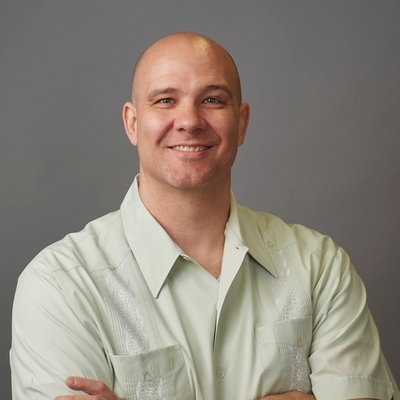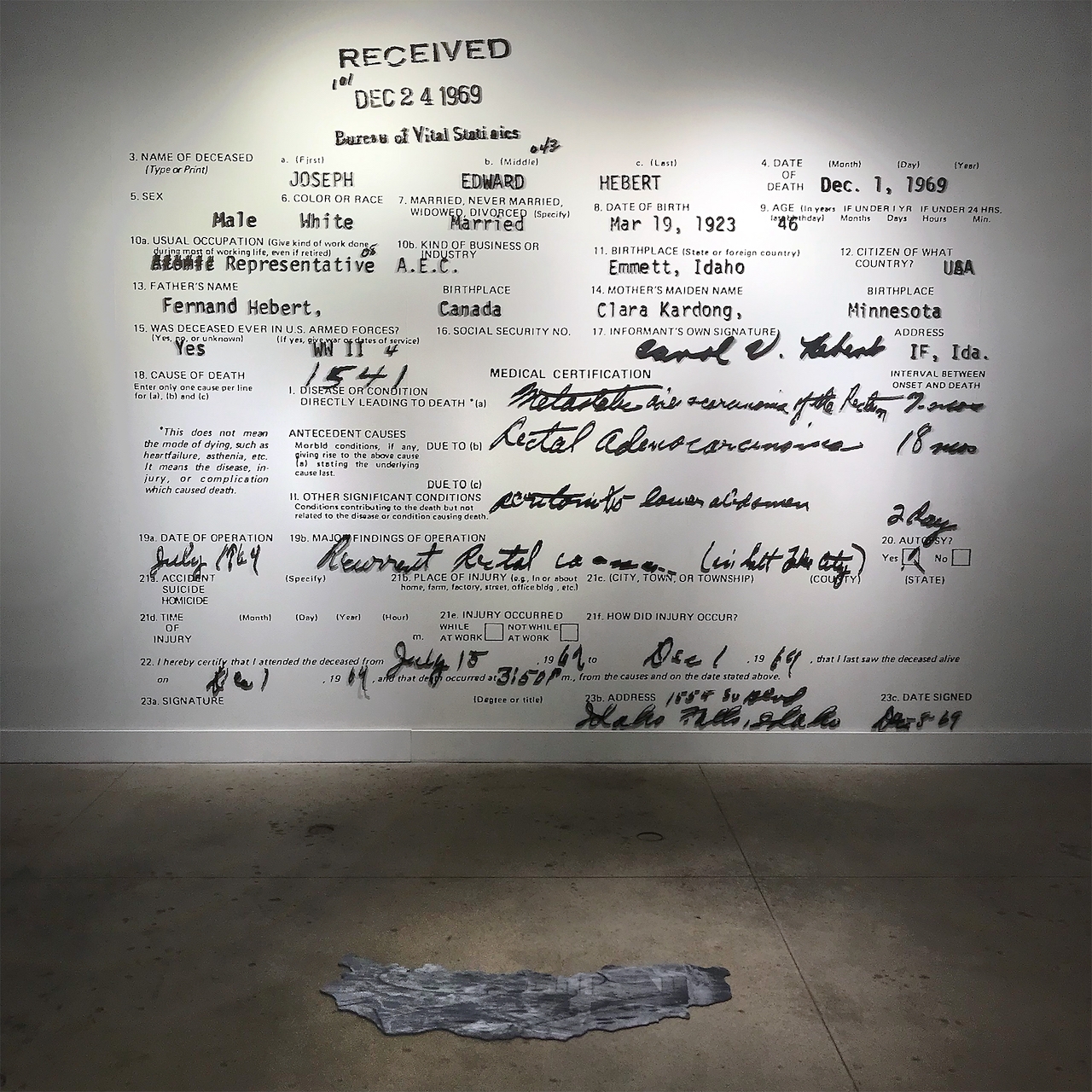Pato Hebert
2021-2022 *This Is Not A Drill* Faculty Fellow

Pato Hebert is a visual artist, educator and cultural worker. He splits time between New York City, and his creative studio in Los Angeles. Born in Idaho Falls, Idaho, Hebert spent his childhood there and in Eugene, Oregon. He also lived in Panamá, where is mother is from. He joined the Art & Public Policy Department at NYU in 2012. Prior to NYU, he was a visiting assistant professor at Reed College and Scripps College. He also taught at Art Center College of Design and the University of California Irvine.
Hebert’s artwork explores the challenges and possibilities of interconnectedness. He is particularly interested in space and place, spirituality and ecology, pedagogy and progressive praxis. He works with photography, graphic design, sculpture, installation, light, text, performance and socially engaged forms. His work appears in museums and gallery settings, as well as community spaces, schools, public architecture and unexpected nodes of circulation. He often works in collaboration with fellow artists, writers, educators, young people, community members and stakeholders.
Hebert has also worked in community-based HIV prevention and advocacy since 1994. Engaging primarily with queer people and communities of color, Hebert has worked in small grass-roots efforts, large community-based organizations as well as international mobilization and advocacy. For many years he led local prevention programs, large-scale outdoor medium campaigns and a national community-based publishing house inside of AIDS Project Los Angeles (now APLA Health). He also worked for nearly a decade with the Global Forum on MSM & HIV (now MPact Global) to help organizations strengthen civil society and push governments to better meet the health needs and human rights of LGBT people. He curated exhibitions and led creative initiatives at the International AIDS Conferences in Vienna (2010), Melbourne (2014), Durban (2016) and Amsterdam (2018). He is also a COVID-19 long hauler, living with the ongoing impacts of the coronavirus since March of 2020 and publicly addressing the pandemic through art, organizing and community building.
Hebert earned his M.F.A. in Studio Art from the University of California Irvine, and his B.A. in Studio Art from Stanford University.
PROJECT

Death Was Our Amniotic Fluid
Death Was Our Amniotic Fluid asks what new might come of personal and environmental catastrophes. This question has great urgency as climate change intensifies and the US continues to invent new, smaller nuclear power plants in an effort to satisfy expanding energy needs and sustain the nuclear industrial complex. Questions of nuclear waste generation, transport and storage remain. How might we understand the links between techno-optimism, colonial and imperial precedents, and the devastating impacts on humans and the ecologies of which we are a part? The fellowship will support a photo and text installation as part of the Holding What Can’t Be Held exhibition in Boise, and a second body of artwork that investigates a 1960s nuclear explosives feasibility study in Panama with contemporary canal expansion undertaken to accommodate Panamax super shipping containers.